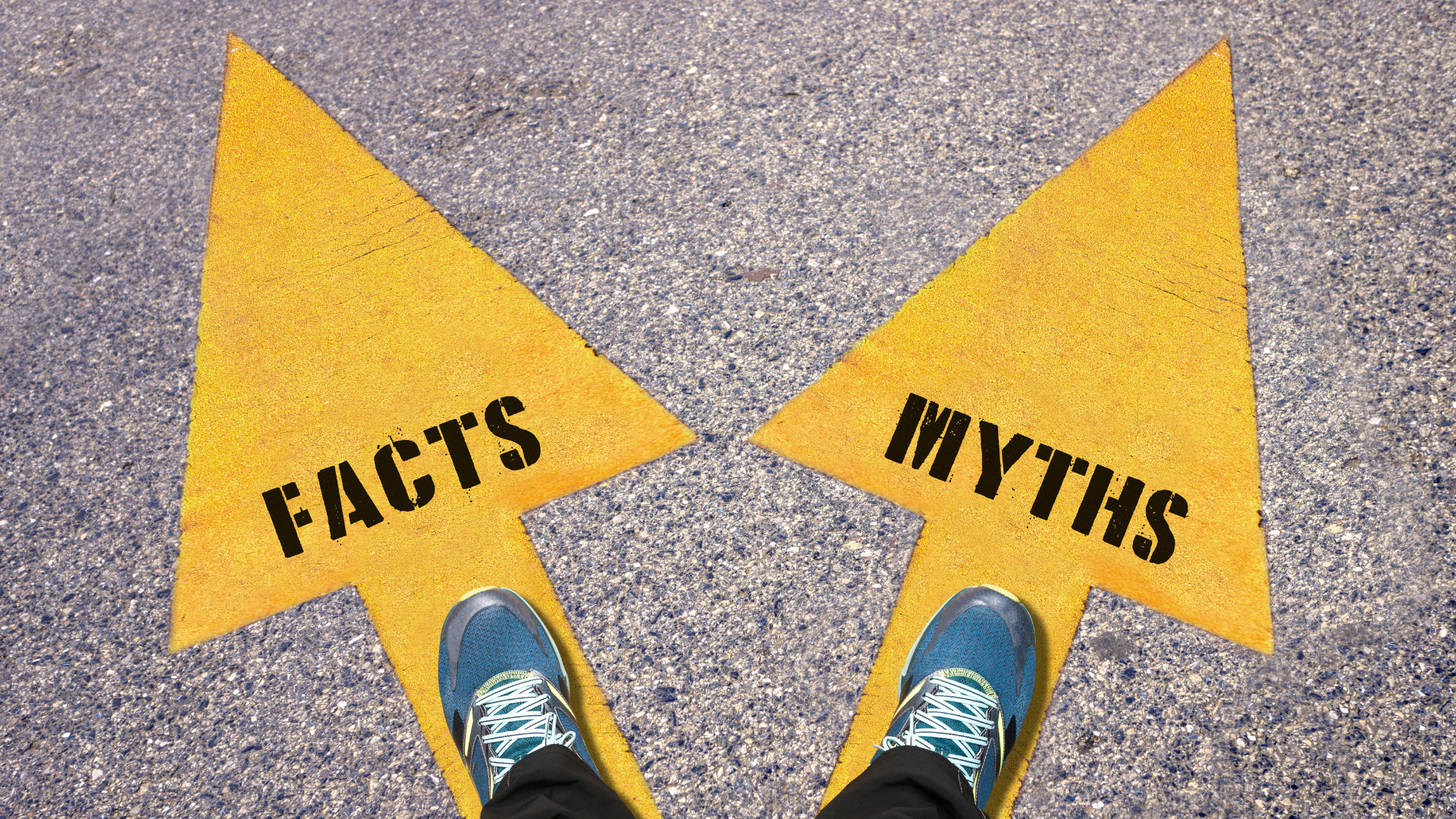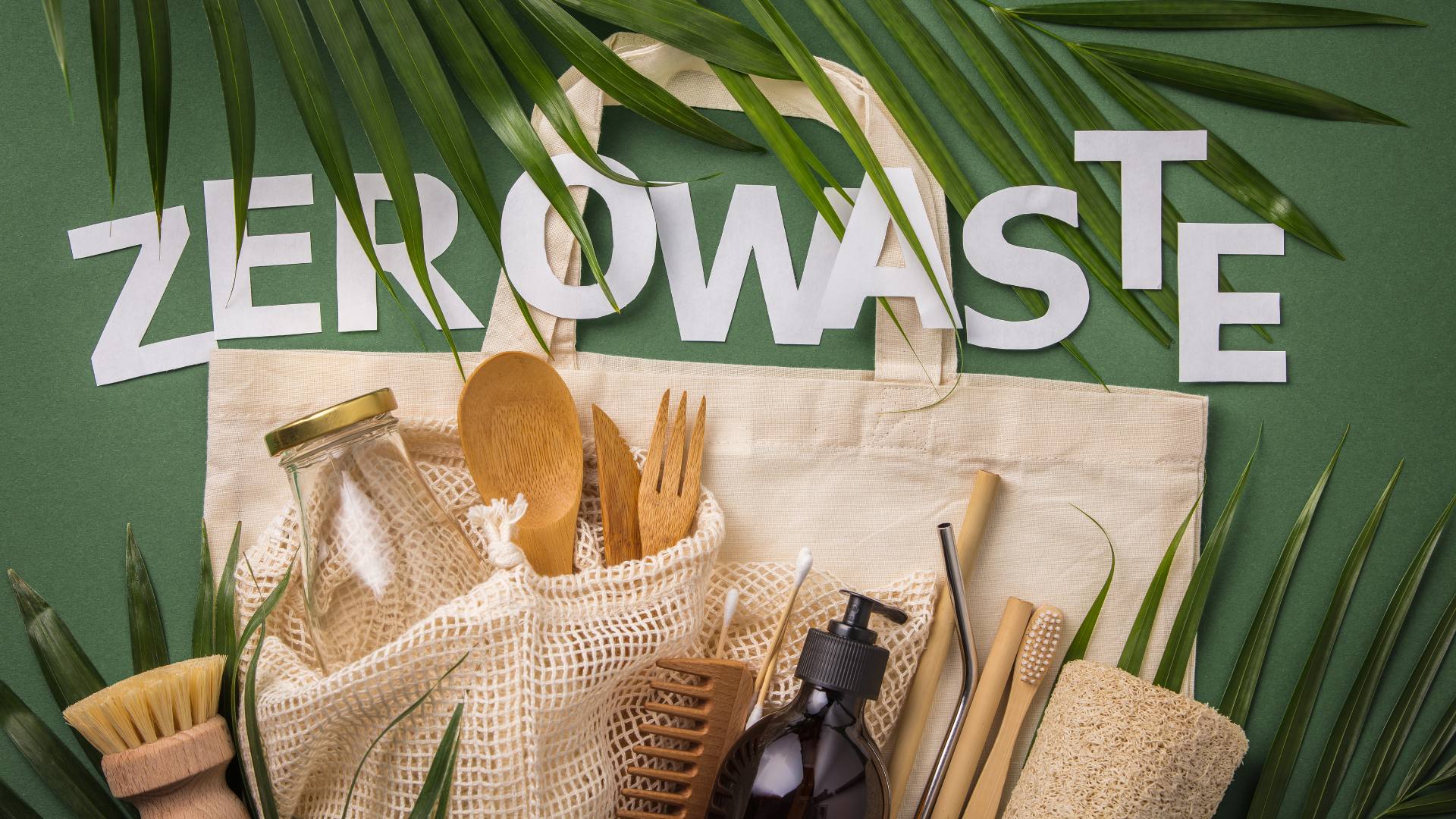Recent data from National Geographic reveals a startling truth that underscores the severity of our global plastic crisis: a staggering 91% of plastic isn't recycled. This statistic not only highlights the overwhelming challenges in managing plastic waste but also sets the stage for a deeper exploration into the implications of our dependency on this persistent material.
The Scale of Plastic Production
The journey into the world of plastics starts with its production. Over the past six decades, our world has seen a dramatic increase in the production of plastic, totaling 8.3 billion metric tons. Most of this plastic is used in creating disposable products that quickly transition from being invaluable to useless, contributing to an ever-growing stream of waste. The scale of production and waste is so massive that even researchers dedicated to studying these materials were shocked by their findings.
Plastic's Longevity and Lack of Disposal
Plastic is notorious for its durability, an attribute that ensures it lasts for over 400 years. Unfortunately, this means that almost every piece of plastic ever manufactured still exists in some form, except for the 12% that has been incinerated. This longevity poses significant environmental risks, particularly when it comes to disposal.
A Closer Look at Plastic Waste Management
The global analysis of plastic production and disposal yields some disheartening insights. Out of the 8.3 billion metric tons produced, 6.3 billion metric tons have turned into waste. Of this, only a fraction, about 9%, has been successfully recycled. The vast majority, approximately 79%, finds its way into landfills or is discarded improperly, polluting our natural environments and, predominantly, our oceans.
The Future of Plastic Pollution
If current trends persist, the situation looks bleak. By 2050, it is projected that there will be 12 billion metric tons of plastic in landfills. This is an amount 35,000 times as heavy as the Empire State Building, a comparison that starkly illustrates the gravity and scale of the issue.
Implications for Marine Life and Human Health
The environmental implications of such widespread plastic pollution are profound. Marine life suffers tremendously, with numerous species ingesting or becoming entangled in plastic debris, leading to injury or death. Furthermore, the breakdown of plastics in the ocean contributes to microplastic pollution, which enters the human food chain through seafood, with consequences that are still not fully understood.
Our Role and Responsibility
This data compels us to reflect on our personal and collective roles in contributing to and mitigating this crisis. It is crucial that individuals, communities, and governments rethink their use of plastic and embrace more sustainable practices and products.
Flora's Commitment to Sustainability
At Flora, we are dedicated to reversing these trends by promoting a sustainable lifestyle and offering eco-friendly alternatives to everyday plastic products. We believe that through education, community engagement, and innovative solutions, we can make a significant impact on reducing plastic waste.
Conclusion
The journey towards a plastic-free environment is daunting but not insurmountable. Armed with knowledge and the right tools, we can pivot towards sustainability and significantly reduce our plastic footprint. Let us draw inspiration from the data presented by National Geographic and transform our shock and dismay into action.
Call to Action
Join us at Flora in making sustainable choices that benefit our planet. Explore our range of eco-friendly products and become part of a community committed to making a difference. The time for action is now—embrace a sustainable lifestyle and help us combat the plastic crisis.


















